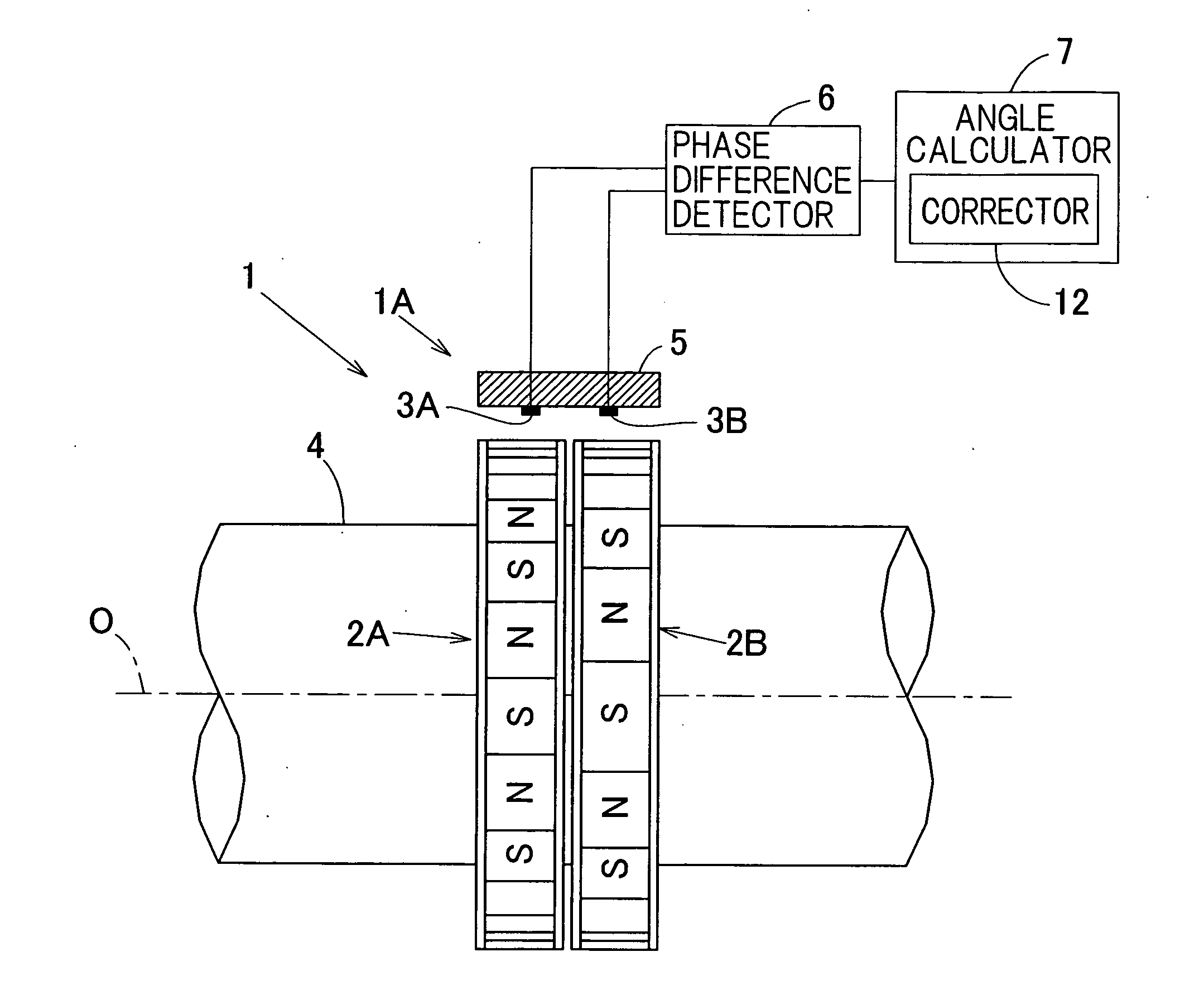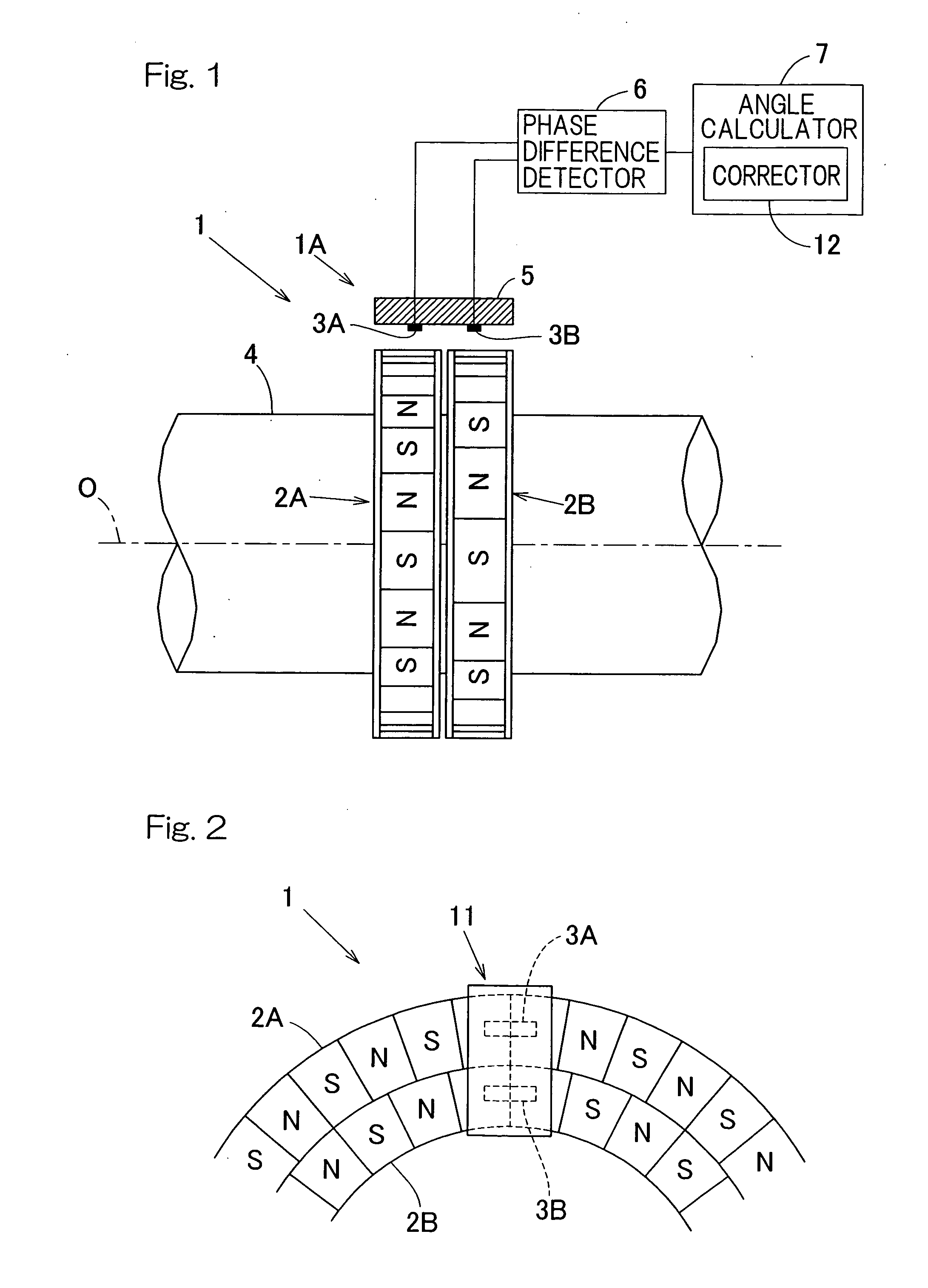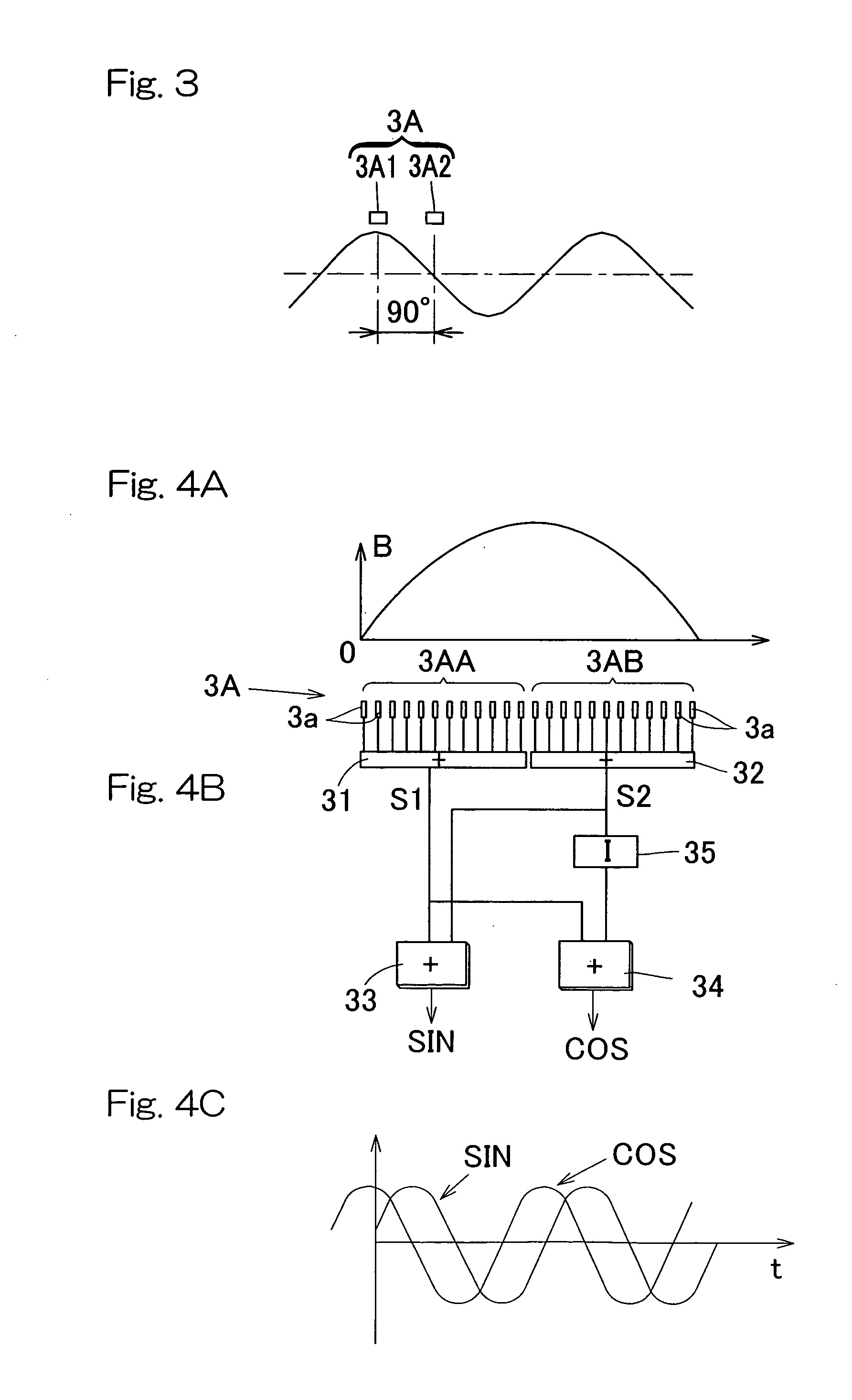Rotation detection device and rotation detector equipped bearing assembly
a technology of rotating detector and detection device, which is applied in the direction of digital computer details, instruments, transportation and packaging, etc., can solve the problems of high manufacturing cost, high sensitivity, and difficulty in securing rotation pulses with high resolving power, so as to increase safety and maneuverability of automotive vehicles, high sensitivity, and high sensitivity.
- Summary
- Abstract
- Description
- Claims
- Application Information
AI Technical Summary
Benefits of technology
Problems solved by technology
Method used
Image
Examples
first embodiment
[0083]The first embodiment shown in FIG. 9 is a so-called third generation type and is used for supporting a vehicle drive wheel. The inner member 52 is made up of two components, that is, a hub unit 57 and an inner ring 58 mounted on an outer periphery of an inboard end of a hub axle 57a of the hub unit 57, with the rolling surfaces 56 formed respectively in the outer periphery of the hub axle 57a of the hub unit 57 and that of the inner ring 58. The hub axle 57a of the hub unit 57a has a center bore 57c defined therein for passage therethrough of a stem portion of a constant velocity universal joint. The inner ring 58 is mounted on a radially inwardly stepped area formed in the hub axle 57a of the hub unit 57 and is fixed to the hub unit 57 by means of a crimped portion 57aa provided at an inboard end of the hub axle 57a. The hub unit 57 has an outer periphery formed with a wheel mounting flange 57b positioned in the vicinity of an outboard end thereof, and the vehicle wheel and a...
third embodiment
[0106]FIGS. 16 and 17 illustrate a fourth preferred embodiment of the present invention. This embodiment is such that in the third embodiment shown in and described with reference to FIGS. 14 and 15, the inboard sealing element 61 for the bearing space is positioned outwardly of the magnetic encoders 2A and 2B. In other words, as best shown in FIG. 16, the sealing element 61 such as, for example, a contact seal element is provided between an annular sensor mounting member 72, fitted to the outer member 51, and the inner ring 58. As best shown in FIG. 17, a cord 19 is drawn outwardly from the sensor side unit 1A in a tangential direction with respect to the bearing assembly.
[0107]In the case of this construction, because of the presence of the sealing element 61, the magnetic encoders 2A and 2B are sealed from the outside space and any undesirable ingress of, for example, foreign matter in between the magnetic encoders 2A and 2B and the sensor side unit 1A can be avoided. Other struc...
fifth embodiment
[0110]FIGS. 20 and 21 illustrate a sixth preferred embodiment of the present invention. This embodiment is such that in the example shown in and described with particular reference to FIGS. 18 and 19, the magnetic encoders 2A and 2B and the sensor side unit 1A are opposed to each other in the axial direction. Other structural features and advantages brought about thereby are similar to those afforded by the fifth embodiment shown in and described with particular reference to FIGS. 18 and 19.
[0111]The wheel support bearing assembly shown in FIG. 22 showing a seventh preferred embodiment of the present invention is an example of a so-called fourth generation type, in which the inner member 52 is made of a hub unit 57A and a constant velocity universal joint outer ring 81.
[0112]The constant velocity universal joint 80 is of a structure in which a plurality of axially oriented raceway grooves are formed in a spherical outer surface of the inner ring 82 and a similarly spherical inner su...
PUM
 Login to View More
Login to View More Abstract
Description
Claims
Application Information
 Login to View More
Login to View More - R&D
- Intellectual Property
- Life Sciences
- Materials
- Tech Scout
- Unparalleled Data Quality
- Higher Quality Content
- 60% Fewer Hallucinations
Browse by: Latest US Patents, China's latest patents, Technical Efficacy Thesaurus, Application Domain, Technology Topic, Popular Technical Reports.
© 2025 PatSnap. All rights reserved.Legal|Privacy policy|Modern Slavery Act Transparency Statement|Sitemap|About US| Contact US: help@patsnap.com



